Why receipt is fading once you put tape on it?
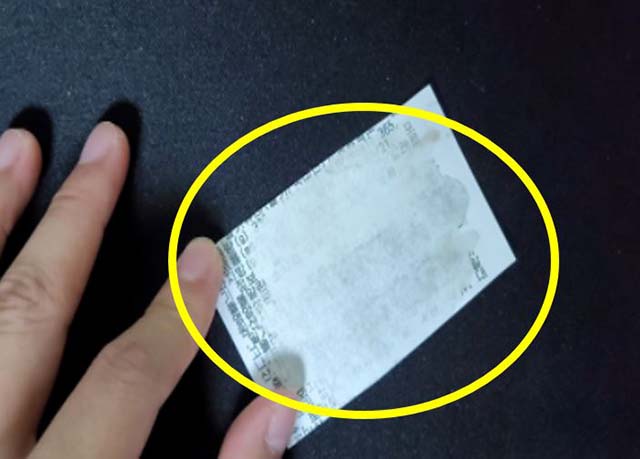
For consumers, keeping receipts for small purchases may not make a lot of sense. For business owners, on the other hand, filing sales receipts can save tons of money and time down the road. Whether you're an entrepreneur or a consumer, holding onto receipts is vital for reasons other than taxes.
These are such as claim rebates, protection against unauthorized charges, extended warranty, or item returns. But as you know, texts on thermal paper receipts fade. And when they do, it could mean a problem, particularly if it involves the taxman.
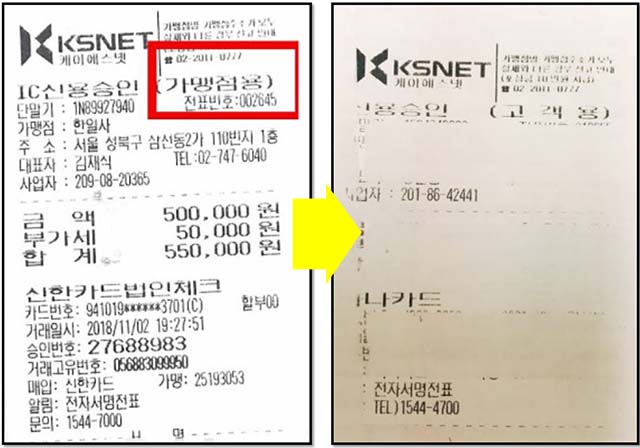
Now, why does it fade? Receipts are typically printed on thermal paper, a chemically coated paper that produces text and image when the heat is applied to its surface. Since this kind of paper is susceptible to heat and UV light, extended exposure to these elements will ultimately cause gradual fading.
If you are in the mood for experimenting, place a receipt that you don't need under a hot iron for about 10 seconds. The heat from the iron will change the color of paper to black.
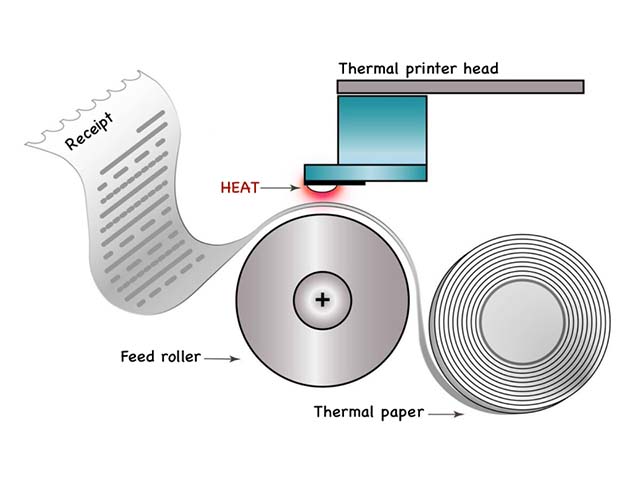
Let's take a look at what thermal paper is made of. Thermal paper consists of a base paper and a few special coating layers. On the surface side (the recording side), the precoat layer and the thermal layer are coated.The first layer of the thermal paper is a base paper that is especially developed for thermal paper technology. The base paper is coated by thermal layer. The precoat layer improves heat insulation, smoothness, uniformity, and anchoring of the thermal layer.
Then, the purpose of thermal layer is to produce images with a thermal reaction. This is where the paper turns black in the heated areas due to the chemicals in this layer like dye, developer, and sensitizer.
Back to the issue of ink degradation, do you know that if you paste tape on the receipt, it will speed up the process of fading? Yes. Any transparent scotch tape can make the ink disappear in 1 or 2 days. But how does it happen?
One of the reasons is because of the tape itself! Even though tape is a thing that every household has, but we never really know what it is made of. Transparent tapes are made of a thin plastic film called polypropylene.
Polypropylene (PP) is an important thermoplastic material which only consists of carbon and hydrogen. Polypropylene is made by dissolving a polymer material in an organic solvent such as castor oil or polyisobutylene.
If you look closely at the surface of any object that you are about to put the tape on, you will notice it's kind of bumpy and not totally flat. But once you paste the tape, the polymeric material of the tape penetrates through the uneven surfaces. It exerts adhesive power over a large surface area, and stick on it.
When the same tape is pasted on the receipt, the organic solvent of the adhesive used to make the transparent tape melts the coating of the thermal paper containing the leuco dyes. It doesn't melt like heat, it melts slowly, so many people don't think the tape has changed it.
The Leuco dyes are usually triaryl methane phthalide. It's a high-quality synthetic organic compound, and the organic acid is typically bisphenol A (BPA). It's designed to rapidly shift between two chemical states, being either transparent or colored.
Apart from the heat, UV lights, humidity and chemicals are also factors to blame. For UV lights, it changes the molecules of leuco compounds into colorless pigment reduction products. There is one interesting experiment that has been done. It's called "Ultraviolet Light Exposure Tests".
These test results illustrate the sensitivity of five high-quality thermal papers (samples G through K) to intense ultraviolet light exposure over the following periods: Twenty-four hours and Seven days.
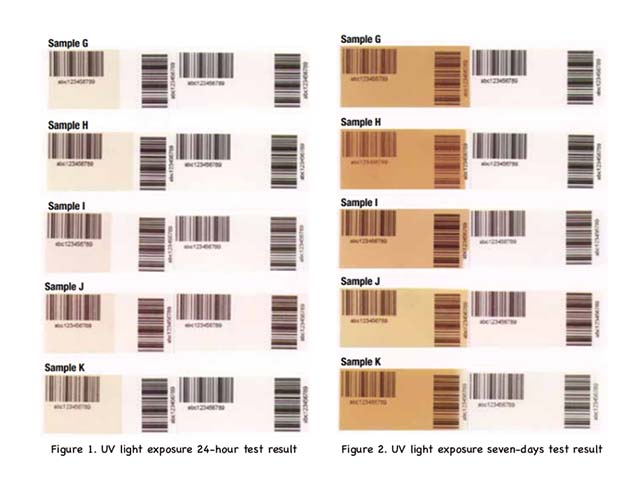
Exposure over twenty-four hours and exposure over seven days to UV lamps are roughly equivalent to exposure over nine months and exposure over five years respectively to fluorescent office light.Twenty-four hour exposure: The left side of Figure 1 shows sheet discoloration of the thermal paper samples after 24 hours. The right side of Figure 1 shows the samples at the start of the test. Figure 1 shows that all five samples discolor slightly after 24 hours of exposure to intense UV light, but none discolor badly.
Seven-day exposure: The left side of Figure 2 shows sheet discoloration of the thermal paper samples after seven days. The right side of Figure 2 shows the samples at the start of the test. Figure 2 demonstrates that all five samples have significant discoloration after seven days of exposure to intense UV light but remain legible.
Sample J has the least discoloration and is a good choice for uses where exposure to daylight is difficult to avoid. Therefore, we can see that exposure to intense UV light, found in sunlight or office fluorescent lighting, over a period of a few months causes mild discoloration of documents but does not significantly reduce the legibility of a document with a clear, dark image.
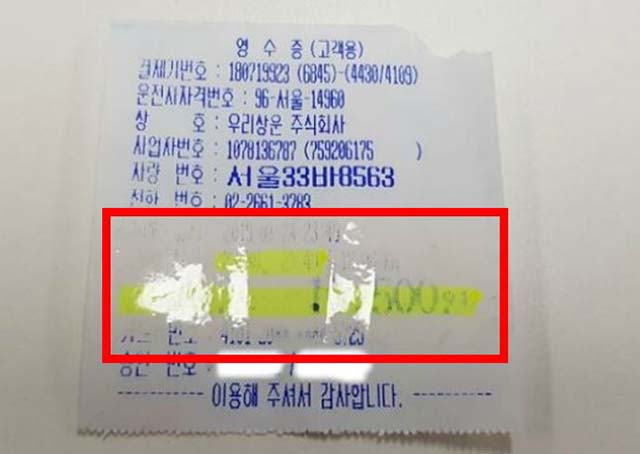
Exposure to moisture, whether it be rain or humidity, also one of the factors that contribute to the fading ink on receipt. Same as normal paper, thermal paper absorbs moisture in the air. Therefore, not only heat, but humidity also can cause serious performance and readability problems. In other words, the paper is highly hygroscopic in nature.
And most thermal paper materials have limited durability to moisture and degrade once subjected to it. The same goes with chemicals. Expose to chemicals also can cause ink degradation on thermal paper.
These chemicals could be any acidic or basic substances such as oily ink and acid paper. Despite all of these advantages that we have listed for thermal paper, why do we still seeing that it has been used widely around the world?
Well, this is because thermal paper also has a lot of advantages that we can't find in normal paper. Let's start with the size. Thermal papers are small, quiet, and less susceptible to vibration. When its susceptible to vibration, it means that thermal paper is more reliable than any other type of papers.


